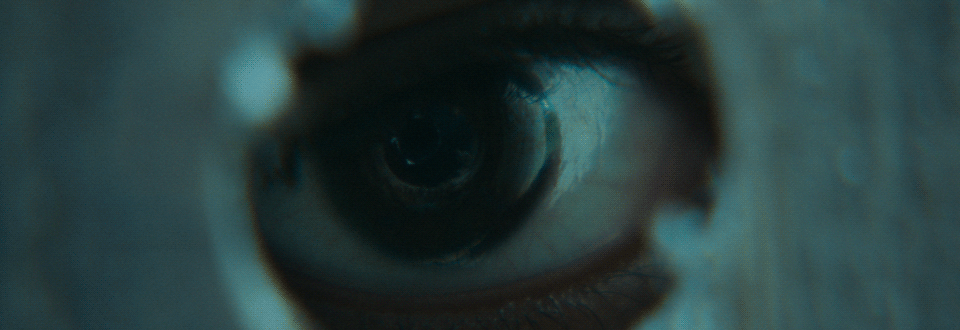It Comes At Night is a monster movie about an invisible monster.

The invisible monster here is not like the invisible monster in the similarly named It Follows. The unseen antagonist in David Robert Mitchell’s 2014 creeper is a definite, distinct entity with an agenda. If you are pursued by it, there are concrete steps you can take to save yourself. The threat in It Comes At Night is amorphous, seemingly coming at our protagonists from everywhere and nowhere. It is impossible to know whether the actions they take are helping or harming their cause. It is, in this way, a strong metaphor for our age.
The deadliest threat in human history (so far) was not war or famine, but a disease. The 1918 flu pandemic killed a million people a week for eight months. Then it got worse. As much as 6% of the population of the world succumbed to the virus before it burned itself out in 1920. When It Comes At Night opens, a family is facing the same agonizing situation that plague survivors have faced since the beginning of time. One of their own is infected, in this case grandpa Bud (David Pendleton). No words are exchanged wondering about the nature of the unknown disease, but with pustules spreading over Bud’s body and his delirious fever, it looks like good, old fashioned bubonic plague. Bud’s son-in-law Paul (Joel Edgerton), grandson Travis (Kelvin Harrison, Jr.) and daughter Sarah (Carmen Ejogo) are as yet uninfected, but they have to figure out at what point the needs of the entire family outweigh the needs of the sick patriarch.
They’re not the only ones having to make these hard choices. There’s a full pandemic raging, and society has broken down. The family made their way from the city to Bud’s cabin in the woods, where they have holed up to wait for things to blow over. But the relative safety of their isolation is shattered when Will (Christopher Abbot) breaks into their cabin. His family of survivors mirrors theirs. He and wife Kim (Riely Keough) have a toddler son Andrew (Griffin Robert Faulkner). After a brutally tense confrontation, the two families decide to work together for survival. But that’s where things get complicated. There’s another menace out in the woods, unseen and more quickly deadly than the dreaded plague. The combined threats and confined space ratchets up the tensions between the two families until it becomes unbearable.
Like many of the current crop of art horror films, director Trey Edward Shults’s film has a strong social subtext. Like most zombie movies, it’s about what happens when society fails and it’s every man and woman for themselves. But by removing the zombies from the equation, its solutions to the question become much more stark. What happens in a hypercapitalist society where everyone is heavily armed, resources are scarce, and cooperation is taboo? It looks something like Travis’ nightmares, which provide the spooky counterpoint to the brutal, bloody realism of the rest of the film. What is the frightening “it” that comes at night? It’s us.
It Comes At Night